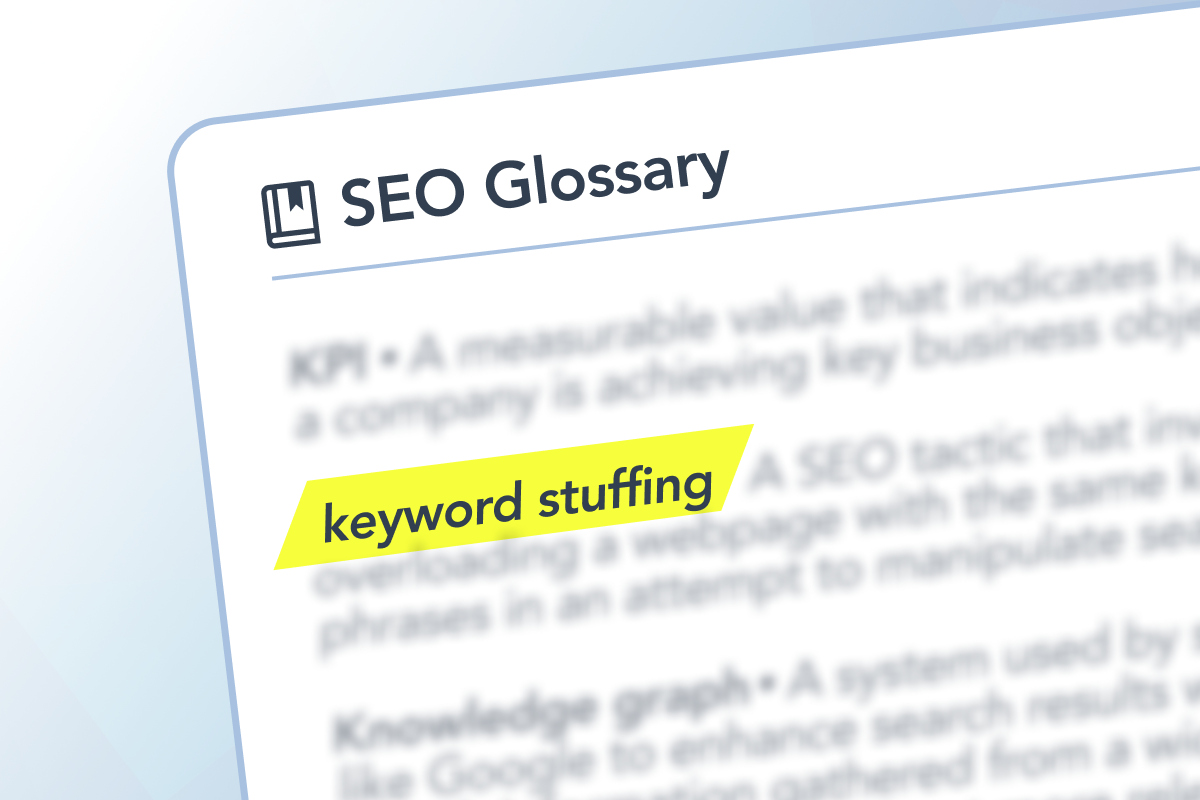Imagine reading a webpage where the same keyword appears repeatedly, making the content awkward and difficult to read. This is a classic example of keyword stuffing, a technique once popular in the early days of SEO.
What is keyword stuffing?
Keyword stuffing is an SEO tactic that involves overloading a webpage with the same keywords or phrases in an attempt to manipulate search engine rankings. This practice is considered spammy and is penalized by search engines like Google.
Why is keyword stuffing harmful?
- Search engine penalties: Search engines like Google have sophisticated algorithms designed to detect and penalize keyword stuffing. This can result in a significant drop in rankings or complete removal from search results.
- Poor user experience: Overusing keywords can make content hard to read and unnatural, leading to a poor user experience and high bounce rates.
- Damaged reputation: It can harm the credibility and trustworthiness of your site, as users may perceive the content as spammy or low-quality.
How to avoid keyword stuffing
- Focus on quality content: Write content that provides value to your readers. Keywords should fit naturally within the context of the content.
- Use synonyms and related terms: Instead of repeating the same keyword, use variations and related terms to avoid redundancy and improve content flow.
- Optimize for user intent: Ensure your content addresses the user’s query comprehensively and naturally includes relevant keywords.
By avoiding keyword stuffing and focusing on creating high-quality, user-centric content, you can improve your SEO efforts and maintain a positive reputation with both users and search engines.


